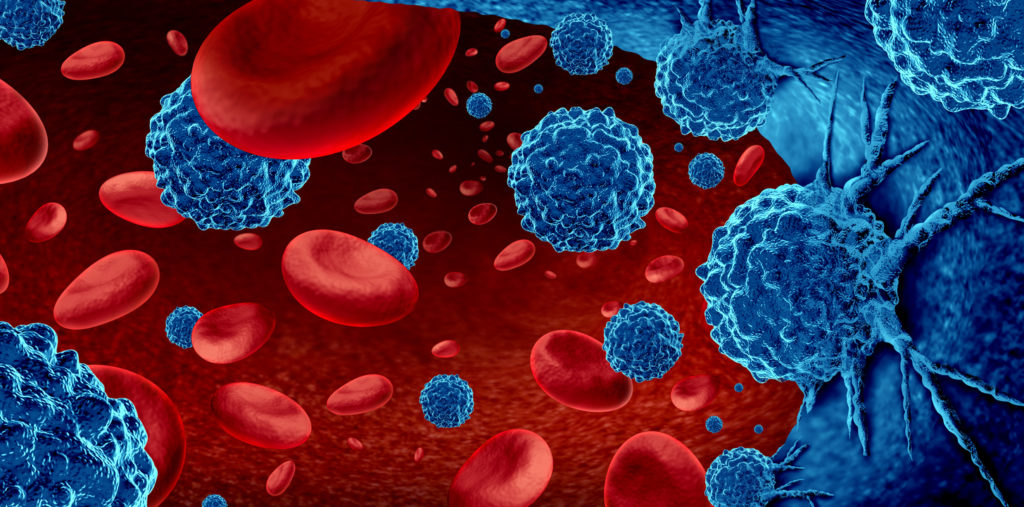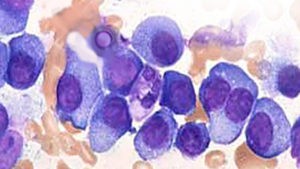
Recently Diagnosed or Relapsed? Stop Looking For a Miracle Cure, and Use Evidence-Based Therapies To Enhance Your Treatment and Prolong Your Remission
Multiple Myeloma an incurable disease, but I have spent the last 25 years in remission using a blend of conventional oncology and evidence-based nutrition, supplementation, and lifestyle therapies from peer-reviewed studies that your oncologist probably hasn't told you about.
Click the orange button to the right to learn more about what you can start doing today.
- You are here:
- Home »
- Blog »
- Multiple Myeloma »
- Multimodal Treatment Approach? Multiple Myeloma
Multimodal Treatment Approach? Multiple Myeloma

Years of research and experience have taught me that multiple myeloma (MM) requires a multimodal treatment approach. This means chemotherapy, possibly radiation but also nutrition, supplementation and even palliative and hospice care are important for maximizing both quality of life as well as quantity of life.
David Emerson
- MM Survivor
- MM Cancer Coach
- Director PeopleBeatingcancer
Introduction
Plasma cells, an essential immune system component, are affected by multiple myeloma, a complicated and aggressive form of cancer. While headways in clinical science have further developed various myeloma treatment choices, it is a provoking sickness to make due. Because
of its temperament, different myeloma frequently requires a multimodal treatment approach that joins different restorative methodologies to accomplish the ideal results. In the elderly, the situation can be really challenging so most of them would require end of life care services.
In this article, we will discuss why multiple myeloma requires a multimodal treatment strategy and the significance of considering end-of-life care in disease management.
Reasons Why Multiple Myeloma Requires A Multimodal Treatment Approach
Variability in the Disease
Since multiple myeloma is heterogeneous, its presentation and course can differ significantly
from patient to patient. While some patients may have more aggressive disease patterns,
others may have relatively mild forms that progress slowly. Because of this variation, a
multimodal treatment strategy that considers the distinct characteristics of each patient's
multiple myeloma is essential.
Multiple Disease Mechanisms at Work
Among the various disease mechanisms, multiple myeloma is characterized by the abnormal
proliferation of plasma cells, production of monoclonal proteins, and infiltration of the bone
marrow. A multimodal treatment strategy that simultaneously targets these various disease
processes is required to combat the disease effectively. This strategy frequently combines stem
cell transplantation, immunotherapy, targeted therapies, and chemotherapy to get the best
results.
Overcoming Barriers
The development of drug resistance over time is one obstacle in treating multiple myeloma.
Cancer cells can adapt and develop resistance to specific treatments, reducing their efficacy. It
is possible to attack various pathways and mechanisms simultaneously using a multimodal
treatment approach, making it more difficult for cancer cells to develop resistance. This strategy
increases the likelihood of achieving a long-lasting response and remission.
Individualized Medical Care
The overall health, age, disease stage, and genetic makeup of each multiple myeloma patient
are all distinctive. These aspects are considered, and the treatment plan is tailored to each
person in an effective treatment strategy. A multimodal approach increases the likelihood of a
successful outcome by allowing medical professionals to tailor each patient's treatment to their
particular requirements and circumstances.
Thorough Steady Consideration
There is more to managing multiple myeloma than just treating the disease. It also involves
meeting patients' physical, emotional, and psychological needs with comprehensive supportive
care. Care for the dying is an integral part of this support. While numerous patients answer well
to treatment and accomplish reduction, there might be cases where the infection becomes
headstrong or advances regardless of the best endeavors. End-of-life care focuses on ensuring
the patient's comfort, dignity, and quality of life and providing symptom management and
emotional support to the patient and their loved ones in these situations.
Palliative Consideration and Hospice Administrations
Palliative consideration is fundamental in administering various myeloma, particularly as the
illness advances. Palliative care specialists collaborate closely with the treatment team to
improve the patient's symptoms, pain management, and well-being. Patients in the last stages
of their illness can also get hospice care, a type of specialized palliative care. During this trying time, these services offer comfort and assistance to patients and their families with compassion.
Moreover, a multimodal treatment approach for numerous myeloma perceives the significance
of a multidisciplinary group. To provide holistic care, oncologists, hematologists, radiation
oncologists, specialists in palliative care, nurses, and social workers work together. Thanks to
this team-based approach, patients are provided with comprehensive support, direction, and
expertise at every stage of their treatment journey. It also considers consistent correspondence
and coordination among the various experts, prompting more powerful and effective
consideration conveyance. By embracing a multimodal treatment approach, medical care
suppliers can expand the possibilities of fruitful results and further develop the general
prosperity of people engaging in various myeloma.
Conclusion
In conclusion, multiple myeloma is a complex disease requiring a multimodal treatment
strategy to address its heterogeneity, target various disease mechanisms, defeat drug
resistance, and provide individualized care. In addition, it is essential to consider end-of-life
care as a critical component of the management procedure. Patients with multiple myeloma
can benefit from improved treatment outcomes and a better quality of life by utilizing a
multimodal approach and integrating palliative and supportive care services. This is true both
during active treatment and in the final stages of the disease.


